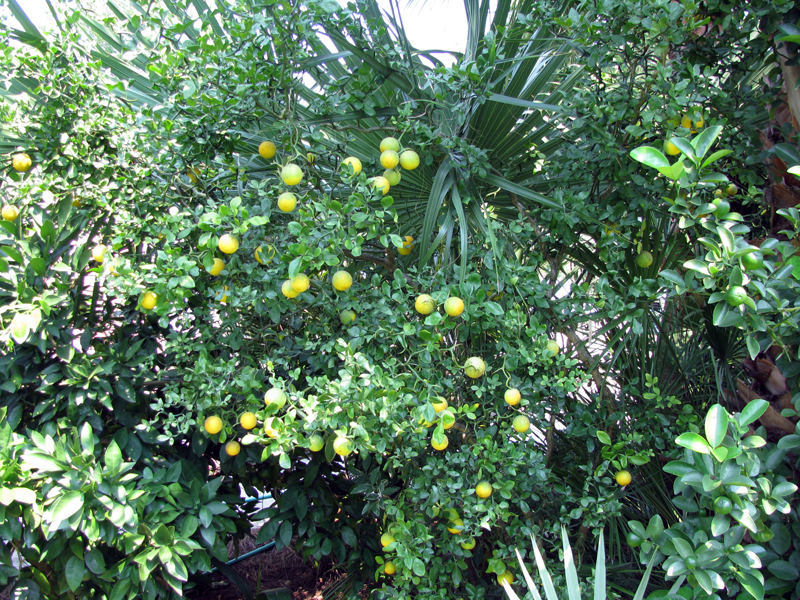I agree, this is an interesting paper, nice find. I'm surprised they didn't compare the ratio of fruit number to canopy volume. If these were grown in container long term, they would all likely wind up as similarly sized trees. The ratio of fruit number to canopy volume would then be the best indicator of how productive the different scion/rootstock combinations would be.
Overall looks like Volkameriana and Alemow produce the most fruit for a given canopy volume.
I found another paper that seems to be in line w/ these general observations (Unfortunately the full article is behind a paywall).
Here's the abstract:
Scientia Horticulturae
Volume 53, Issue 4, March 1993, Pages 289300
Cover image
Alemow (Citrus macrophylla Wester) a dwarfing rootstock for old-line Temple mandarin (Citrus temple Hort. ex. Tan.) ☆
"Alemow (Citrus macrophylla Wester) was compared with six other rootstocks as a rootstock for old-line Temple mandarin-like citrus cultivar (Citrus temple Hort. ex. Tan.). The highest cumulative yields during 19761990 were produced by trees on the rootstocks: sour orange (Citrus aurantium L.) and Cleopatra mandarin (Citrus reshnii Hort. ex Tan.), however, trees on alemow rootstock showed precocity, dwarfing and high canopy efficiency. Trees on Carrizo citrange rootstock (Citrus sinensis [L.] Osbeck × Poncirus trifoliata [L.] Raf.) suffered from lime induced chlorosis, salinity, and citrus exocortis viroid. Trees on Poorman rootstock (Citrus grandis [L.] Osbeck hybrid?) showed considerable variability in performance. In trees on alemow, total soluble solids concentration and acid in fruit were higher than on the rootstocks rough lemon (Citrus jambhiri Lush.) and Volkameriana (Citrus volkameriana Chapot), but lower than on Carrizo, Cleopatra mandarin and sour orange rootstocks.
Alemow is recommended as a dwarfing rootstock for old-line Temple."












